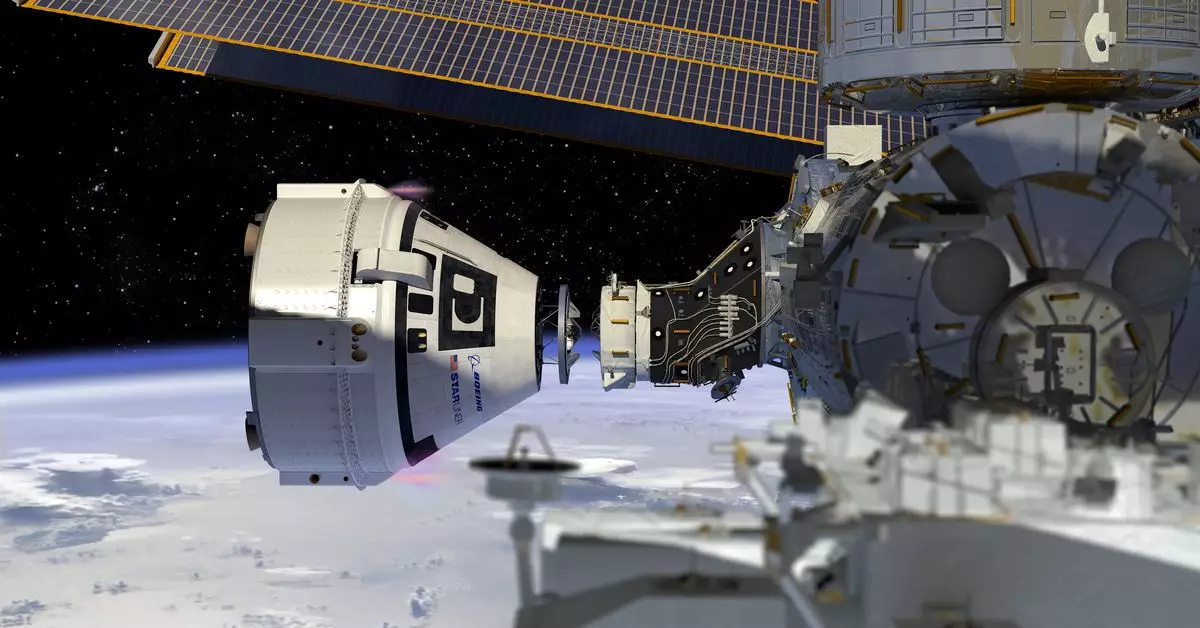NASA administrator Bill Nelson made a significant announcement today, revealing that US astronauts Sunita Williams and Barry Wilmore will be returning next February with the SpaceX Crew-9 mission. This comes after spending over 80 days aboard the International Space Station (ISS). The decision to bring them back was not taken lightly, as various factors played a role in determining the best course of action.
The Uncertainty of Data
According to NASA Commercial Crew Program manager Steve Stich, the uncertainty of data surrounding the thrusters on the Starliner spacecraft was a major concern. As more data was collected over the summer, it became clear to NASA that there were significant risks involved in predicting the thruster’s performance. Stich emphasized the importance of ensuring the safety of the crew, which ultimately led to the decision to return the Starliner uncrewed.
Addressing concerns about how NASA can trust Boeing again, NASA Associate Administrator Ken Bowersox acknowledged the tension surrounding the decision-making process. He highlighted the emotional investment in either option, leading to healthy discourse within the team. Despite the challenges, NASA remains committed to working with Boeing in the future.
Stich also touched upon the differences in evaluating risk between NASA and Boeing. He mentioned a slight disagreement in terms of the level of risk involved, emphasizing the importance of prioritizing crew safety above all else. While Boeing did a commendable job in building a model, it raised questions about the model’s accuracy in predicting crew performance.
The initial plan for the astronauts to spend only eight days aboard the ISS following the successful launch of Boeing’s Starliner faced setbacks due to thruster failures, helium leaks, and valve issues. These technical challenges, along with limited access to the spacecraft docked with the ISS, raised concerns about the spacecraft’s overall functionality. Tests at NASA’s White Sands Test Facility indicated that deformed Teflon seals might have contributed to the thruster failures, further complicating the situation.
With ongoing uncertainties surrounding the Starliner’s reliability, NASA faced a crucial decision regarding the astronauts’ return to Earth. The options of returning them aboard the Starliner or utilizing the SpaceX Crew-9 mission for their safe return were carefully evaluated. Ultimately, the priority was to ensure the crew’s safety, leading to the decision to pursue an uncrewed test flight of the Starliner.
The complexities and uncertainties of space travel underscore the importance of meticulous planning and risk assessment. NASA’s decision-making process highlighted the organization’s unwavering commitment to crew safety and collaboration with its industry partners. As technological advancements continue to shape the future of space exploration, lessons learned from these challenges will undoubtedly inform future missions and ensure the safety of all astronauts involved.

